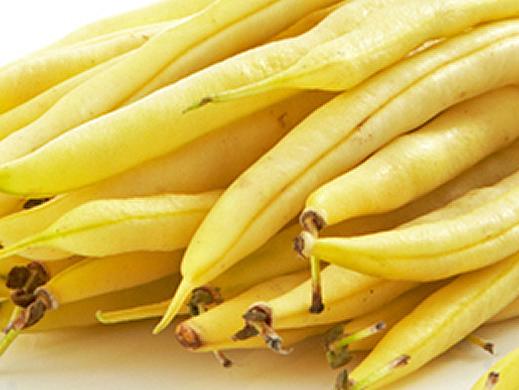Al fresco dining is the must for August, start with mouthwatering corn on the cob, chargrilled heirloom tomatoes, courgettes and fennel.
Baby Globe Artichokes
The artichoke isn’t a food to choose when you need a fast food fix. It’s a slow food to linger over. Patience shown in preparation and eating is ultimately rewarded by the subtly flavoured leaves and the mouthwatering artichoke heart. You can serve artichoke as a dish in its own right, with a bowl of vinaigrette or lemon butter for dipping. We prefer to use it as an ingredient, adding something special to a salad, pasta sauce or pizza topping.
Artichokes aren’t grown extensively in this country, so if you can’t find any UK-grown examples go for fresh-looking French imports
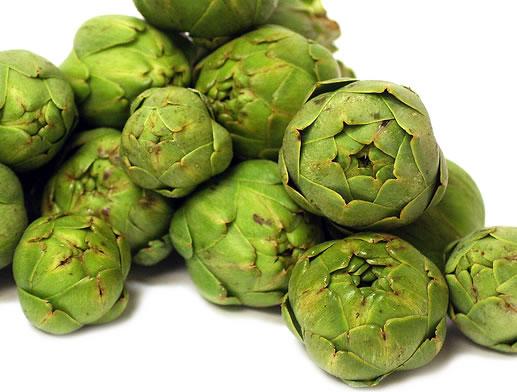
Beetroot
Beetroot usually deep purple roots of beetroot are eaten either boiled, roasted or raw, either alone or combined with any salad vegetable. A large proportion of the commercial production is processed into boiled and sterilised beets or into pickles. In Eastern Europe, beet soup, such as borscht, is a popular dish
Candy Beetroot
Candy beetroot is an eye-catching garnish and is a fantastic addition to any salad. Beautiful served whole or cut diagonally through the middle to show off those mysterious pink and white rings.
Golden Beetroot
Golden beetroot has a more subtle flavour than normal purple beetroot, and is a great garnish with its vibrant golden shine. Popular in the 19th century, and is now becoming another great ingredient.
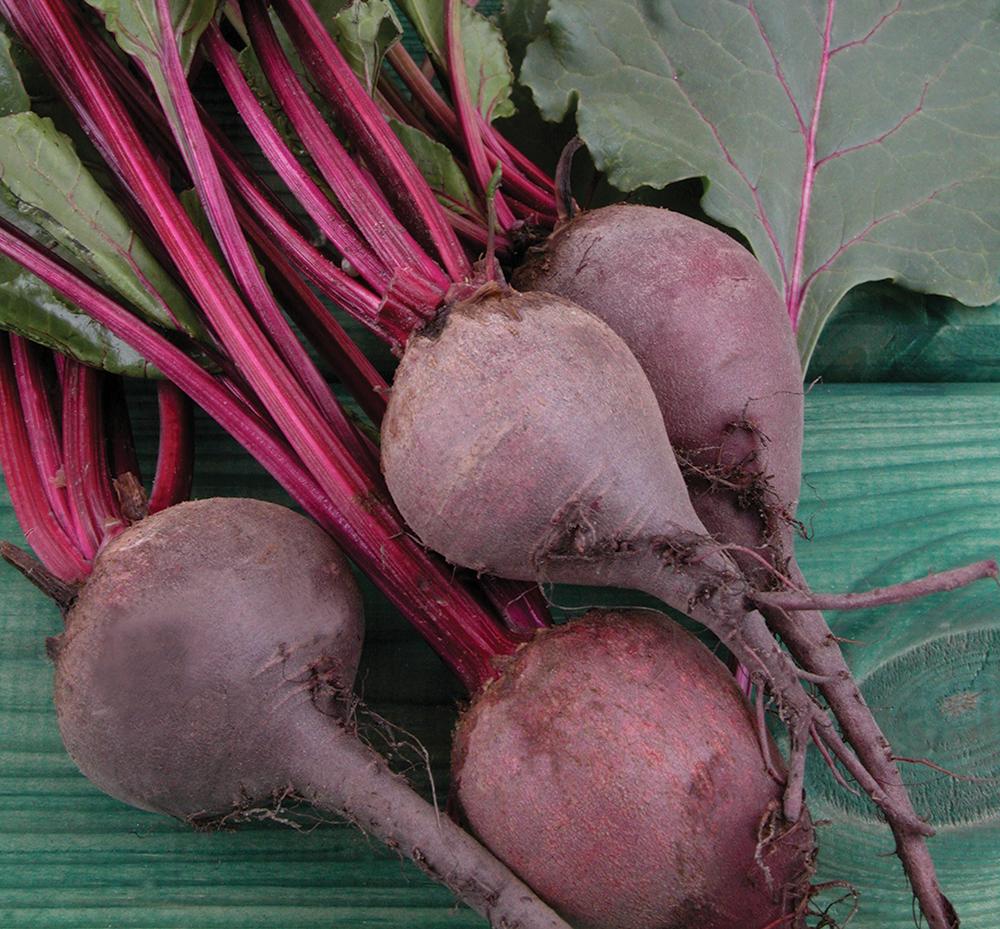
Blueberries
Blueberries release lots of juice when cooked, which makes them a versatile addition to a variety of dishes. Add the lush, dark berries to muffins, cheesecakes and pancakes or combine them with apple in a crumble, and with other soft fruit in a glorious summer pudding.
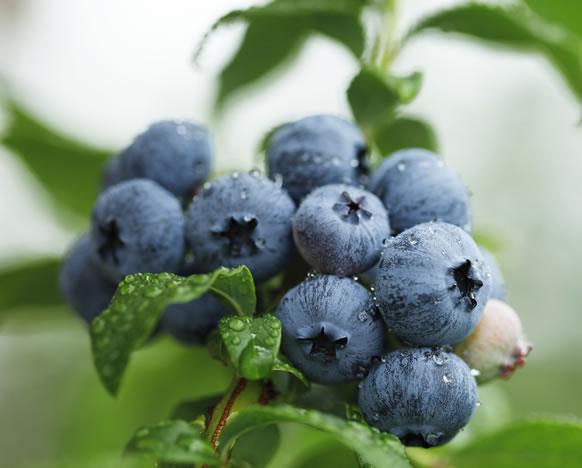
Broad Beans
Fresh broad beans are sweet and delicious pod beans with a smooth creamy texture. They only have a short natural season during the summer, so are often dried, canned or frozen to preserve them. Fresh beans are more popular than the dried variety, which tend to be quite floury. Young thin beans are eaten pods and all, but larger, older broad beans need to have the tough pods removed. Broad beans are also called fava beans, particularly in the US.

Cauliflower
Memories of smelly school dinners all too much? Look again. One of the few vegetables that is in season in Britain almost all year round, the versatile cauliflower is having a comeback.
Delicious roasted with spices like cumin and coriander and served with a good sprinkling of sea salt and a squeeze of lemon.
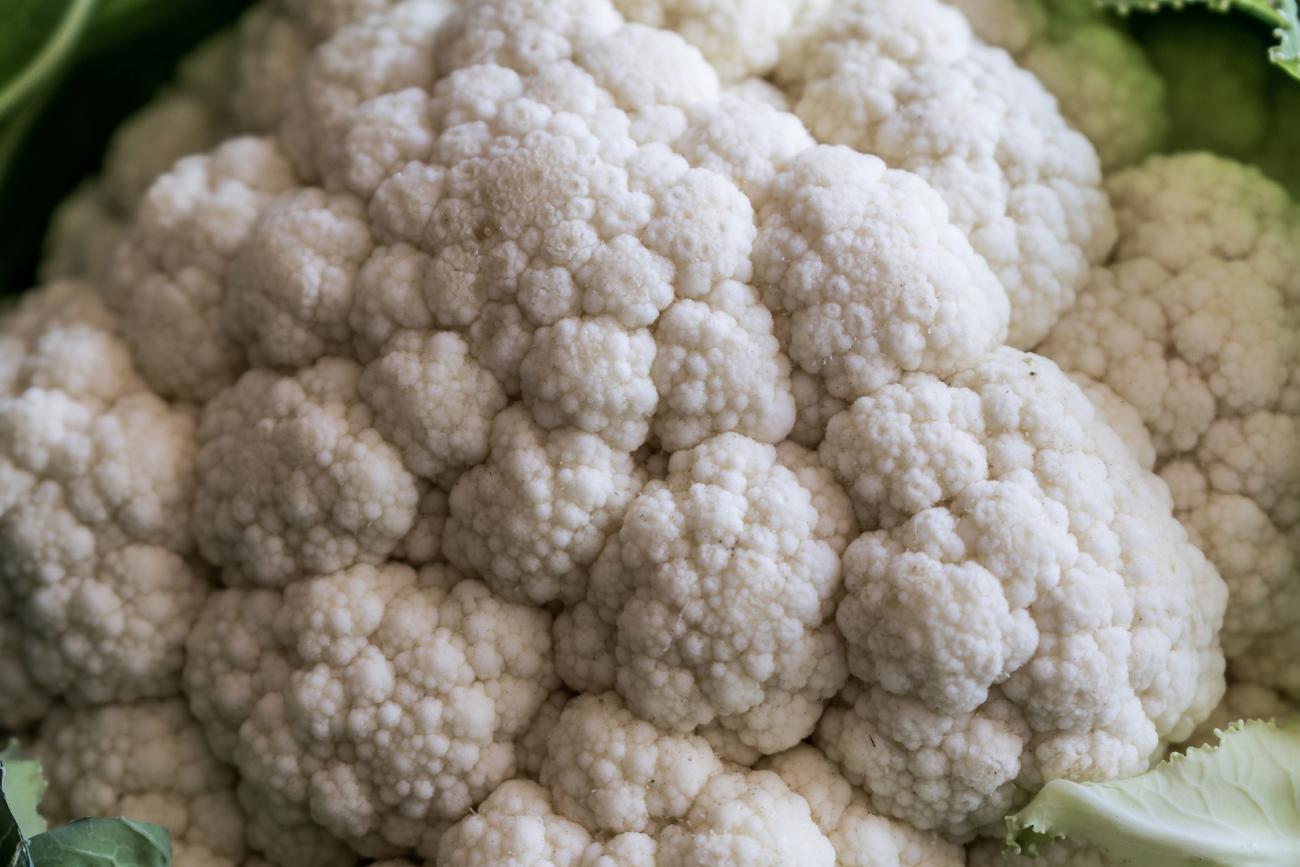
Cherries
Fresh, local cherries are the shining jewels of late spring and summer fruit. Make the most of summer’s ripe, sweet berries with our favourite cherry recipes.
What’s so special about British cherries? Well, for starters, blink and you’ll miss them.
We have an extremely short cherry season in the UK, usually around four weeks. This year it has come early for most farmers, with the fruit ripening in mid-June instead of towards the end of the month, so you need to get moving if you want to taste the best specimens.
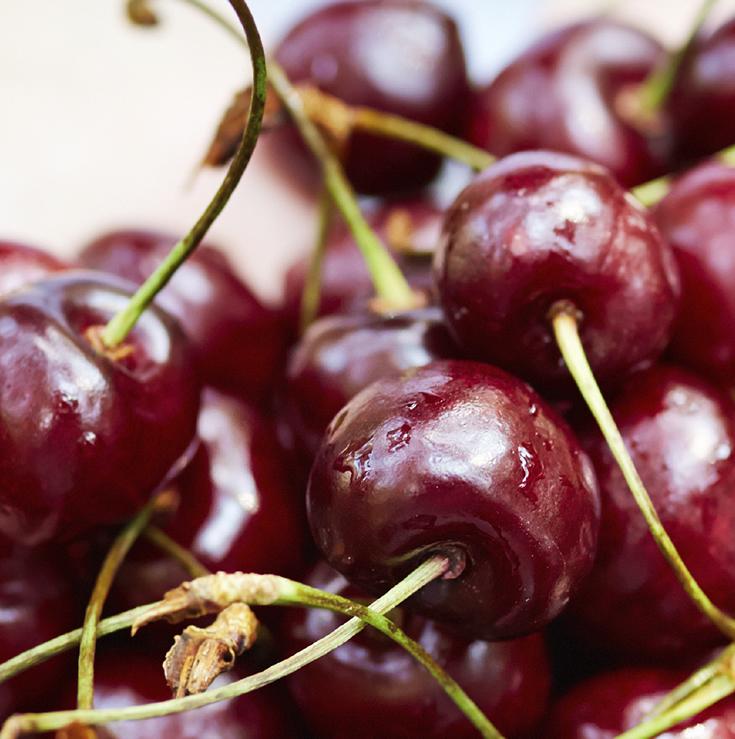
Corn On The Cob
For us, a just-boiled corn on the cob, speckled with freshly milled black pepper and rolled in melted butter is simply one of the greatest eating experiences available. Tinned or frozen sweetcorn can be tasty enough, but it doesn’t compare to corn eaten straight from the cob, slathered with butter, when the crisp and succulent kernels explode with flavour in the mouth.
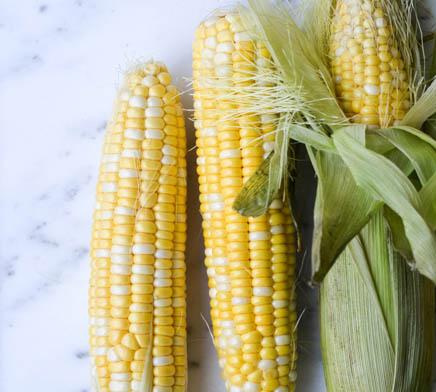
Cucumber
Cucumber is a widely cultivated plant in the gourd family. It is a creeping vine that bears cylindrical fruits that are used as culinary vegetables. There are three main varieties of cucumber: slicing, pickling, and burpless. Within these varieties, several different cultivars have emerged. The cucumber is originally from Southern Asia, but now grows on most continents.
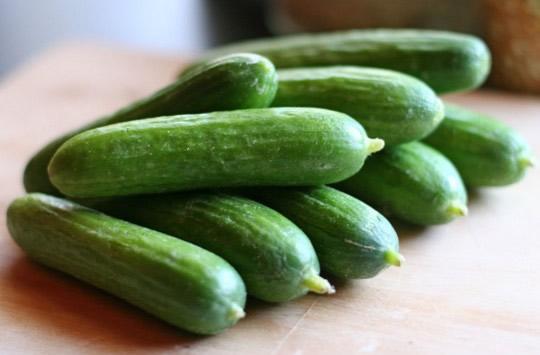
Fennel
Like Marmite, fennel is something that you either love or hate – its strong aniseed flavour leaves no room for the middle ground. From the same family as the herb and seed of the same name, it’s also known as Florence fennel or sweet fennel and is very popular in Italian cookery, and has a bulb-like shape that looks a little like a heavy-bottomed celery.
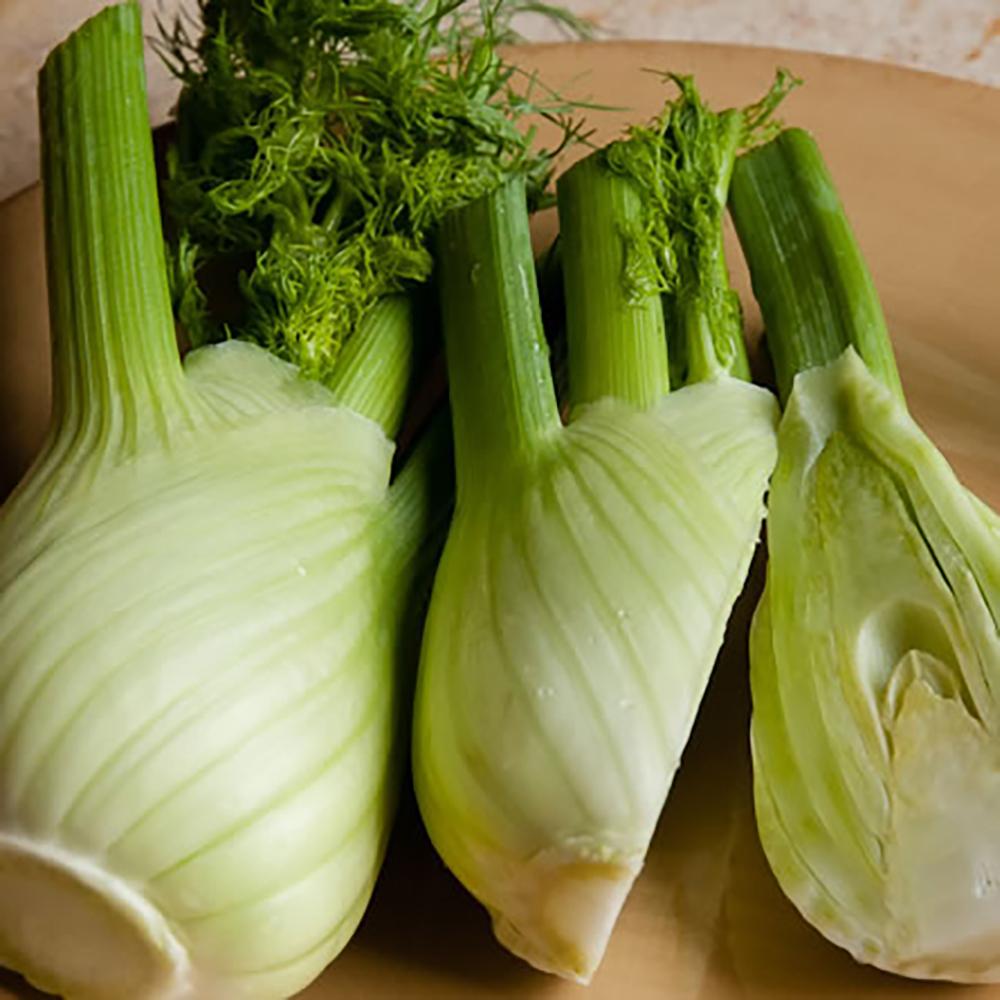
Gooseberries
Gooseberry recipes are a quintessential summer treat: Try gooseberry purée with mackerel or roast pork. Or pair them with elderflower for delicious gooseberry pies, tarts and crumbles. The high pectin content in the fruit makes an ideal gooseberry jam.
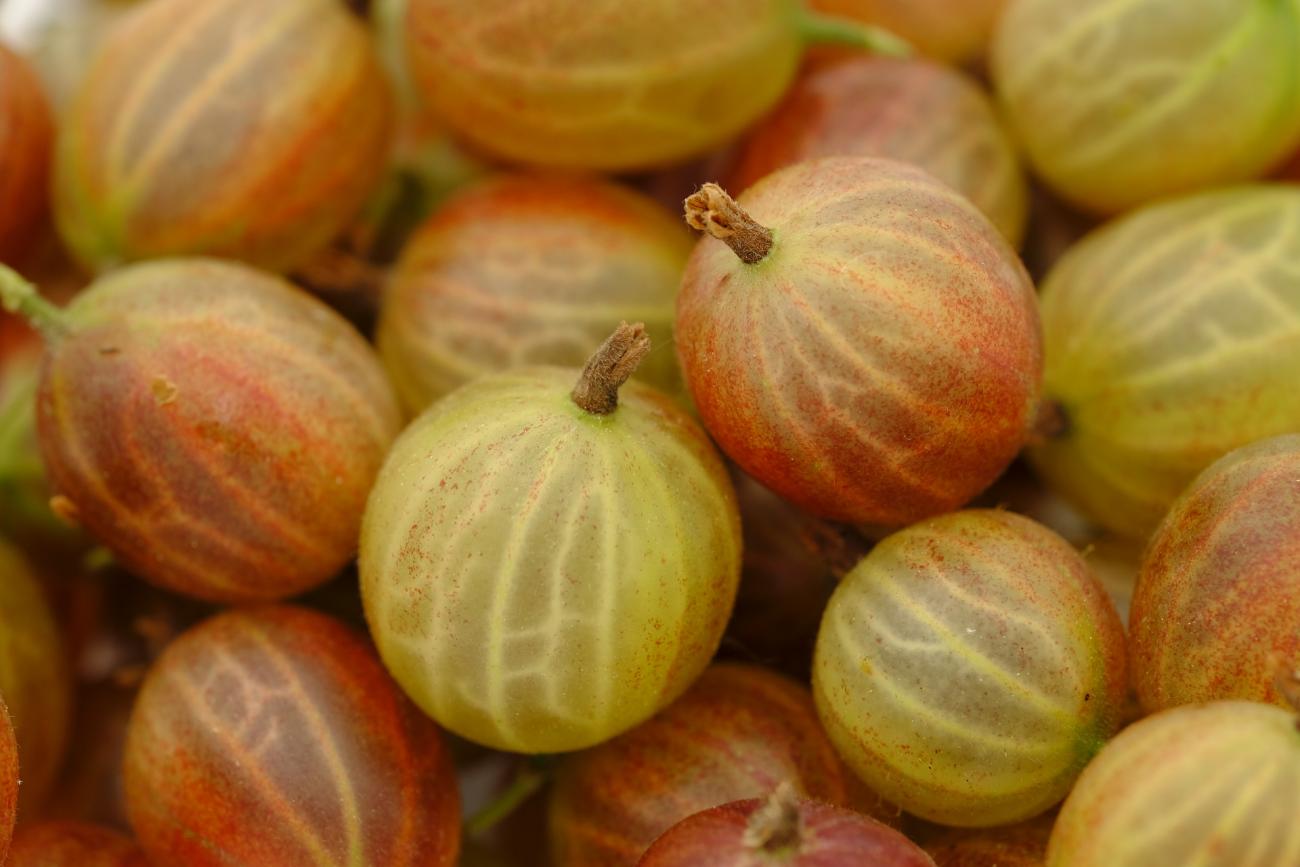
Heirloom Tomatoes
An heirloom is generally considered to be a variety that has been passed down, through several generations of a family because of their valued characteristics. Since ‘heirloom’ varieties have become popular in the past few years there have been liberties taken with the use of this term for commercial purposes.
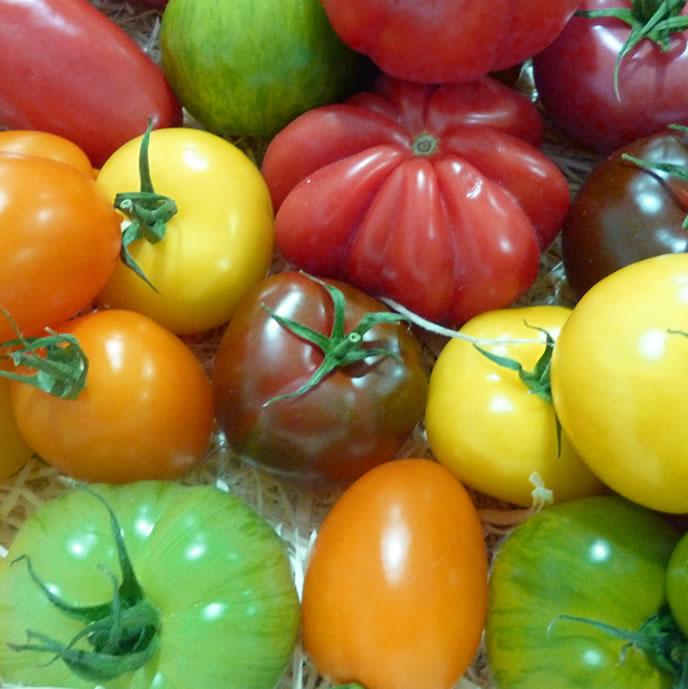
New Forest Strawberries
Although May sees the official start to the British berry season with milder temperatures, longer days and more sunshine –June continues to have the perfect conditions for enjoying British berries including strawberries. The best thing is that strawberries can be enjoyed when dining al fresco as part of a main course or dessert, straight from the punnet at a picnic, or just simply with cream or ice cream. Strawberries – a great accompaniment to summer!
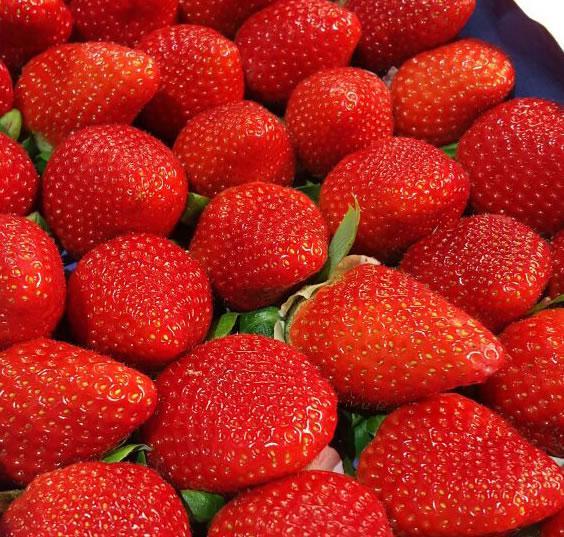
Onions
Onions are endlessly versatile and an essential ingredient in countless recipes. Varieties of onion differ in size, strength and colour. Onions are commonly chopped and used as an ingredient in various hearty warm dishes, and may also be used as a main ingredient in their own right, for example in French onion soup or onion chutney. They are very versatile and can be baked, boiled, braised, grilled, fried, roasted, sautéed, or eaten raw in salads.
Yellow/Brown Onion This is a good all-purpose onion, with a light golden skin and yellow flesh.
White Onion These are medium to large in shape, with a white papery skin and evenly white flesh. They have a strong flavour and are good for stuffing or baking; only use raw in salads if you want an assertive onion flavour. Spanish onion these are similar in colour to a yellow/brown onion, but is usually bigger, as well as sweeter and milder – good for omelettes, salsas and stir-fries.
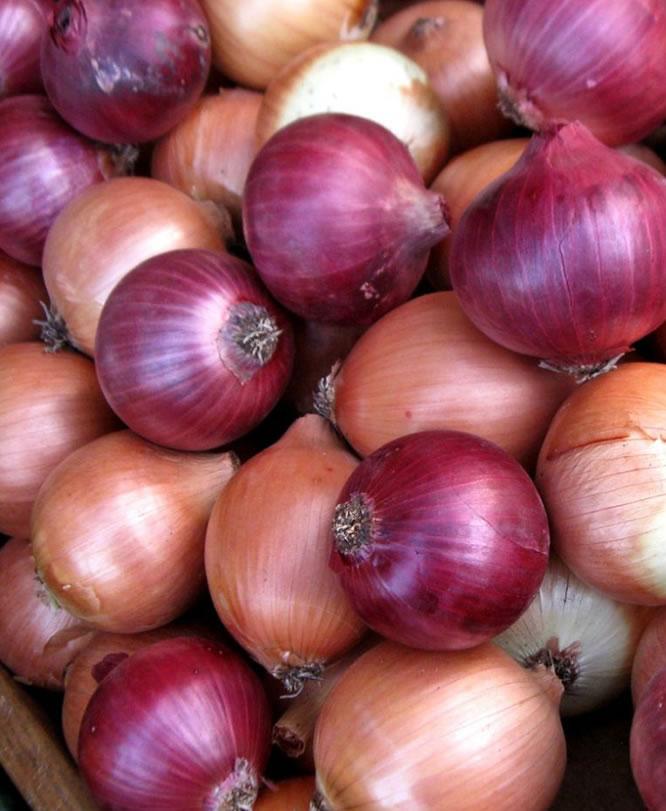
Radish
Radish, that common and beloved part of your salad, is a root crop, and it is pungent or sweet in taste with a lot of juice. Radishes can be white, red, purple or black, and in terms of shape, it can be long and cylindrical or round. They are eaten raw, cooked or pickled.
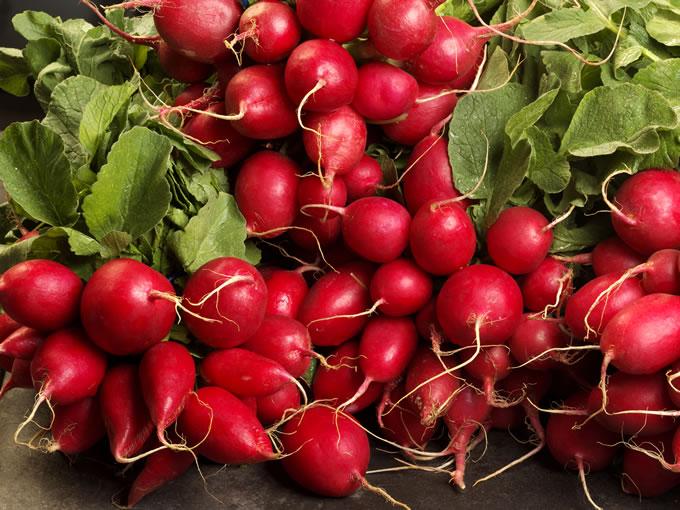
Rainbow Chard
The raw baby leaves of the coloured types look stunning in salads, and though they dull a little on cooking, a pile of young leaves, wilted and buttered with stems still attached, is still handsome on a plate. The adult plant gives you two vegetables in one: the crisp, robust stems and the abundant, delicately ruffled leaves. It’s a powerhouse of nutty, green-leaf flavour, so pair it with feisty partners: olives, cream, tomatoes, spices, strong cheese and smoked fish.
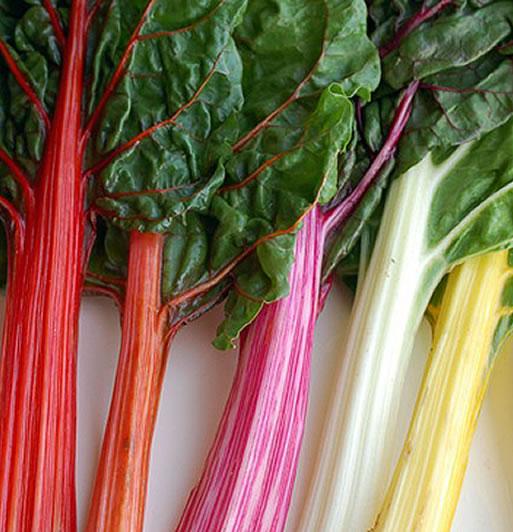
Raspberry
The British raspberry has a long heritage, with production stretching back to the 17th century. Until the late 1980s raspberries were harvested by machine and mostly used for jamming. These days there’s a huge market for fresh raspberries, and most are picked by hand.

Redcurrants
These shiny little berries grow low on bushes, hanging from the branches like rows of miniature gems. Their flavour is a little tart but they’re still sweet enough to be eaten raw, so long as they’re sprinkled with plenty of sugar. They have a high vitamin C content, and go well with both other berries and fruits, such as raspberries, strawberries and melon, as well as goose, venison and lamb (hence the familiar lamb accompaniment, redcurrant jelly).
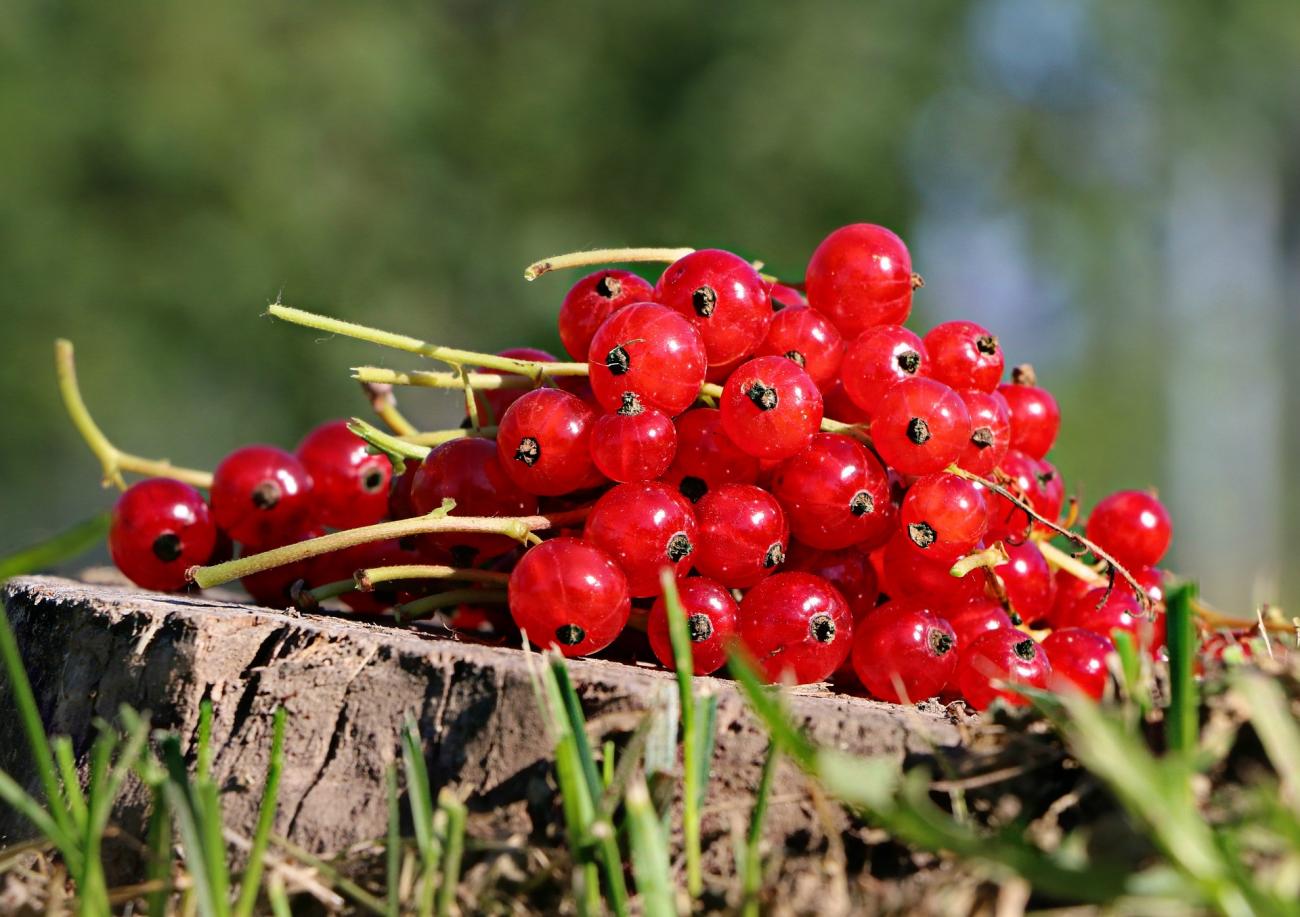
Runner Beans
Fresh, young runner beans are a gem amongst the many wonderful vegetables available during the British summer. At their best they are at once tender, succulent and bursting with flavour. There can be few better ways of serving runner beans than piled onto a plate alongside meltingly soft roast lamb, roast potatoes and Classic Red wine Jus.
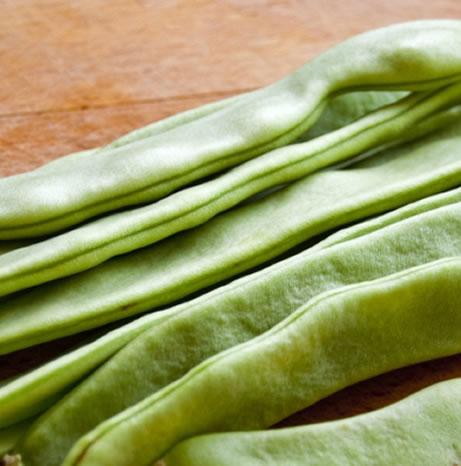
White Onions
These onions tend to have a sharper and more pungent flavour than yellow onions. They also tend to be a little bit more tender and have a thinner, more papery skin.
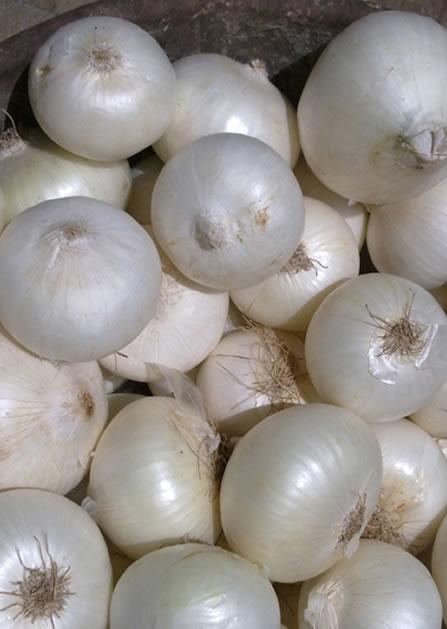
Yellow Fine Beans
Yellow fine beans can be utilized in the same fashion as French beans, classic green beans and purple beans. They do stand out, compared to other beans, in salads and alongside several companion ingredients.
